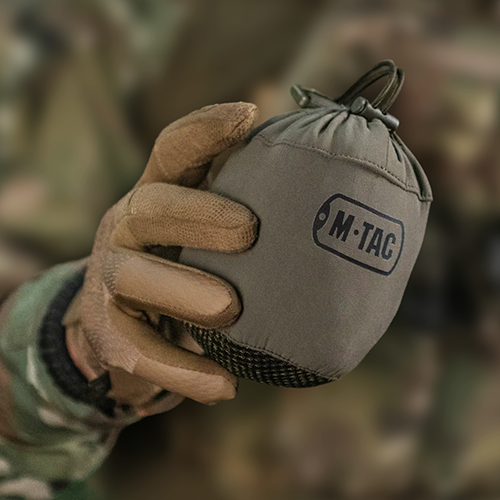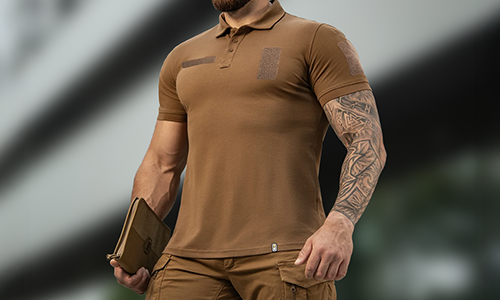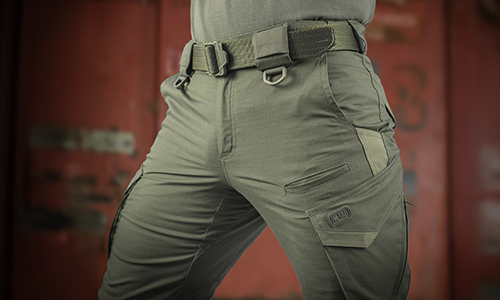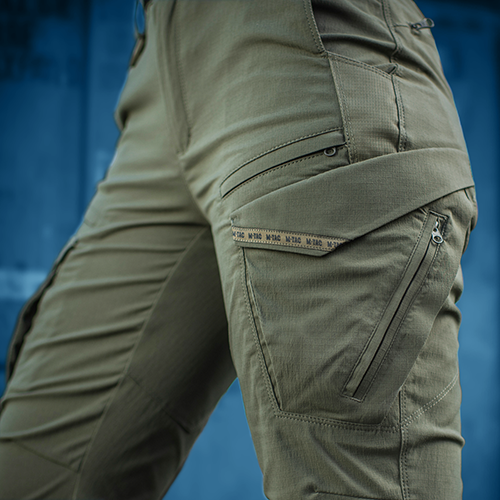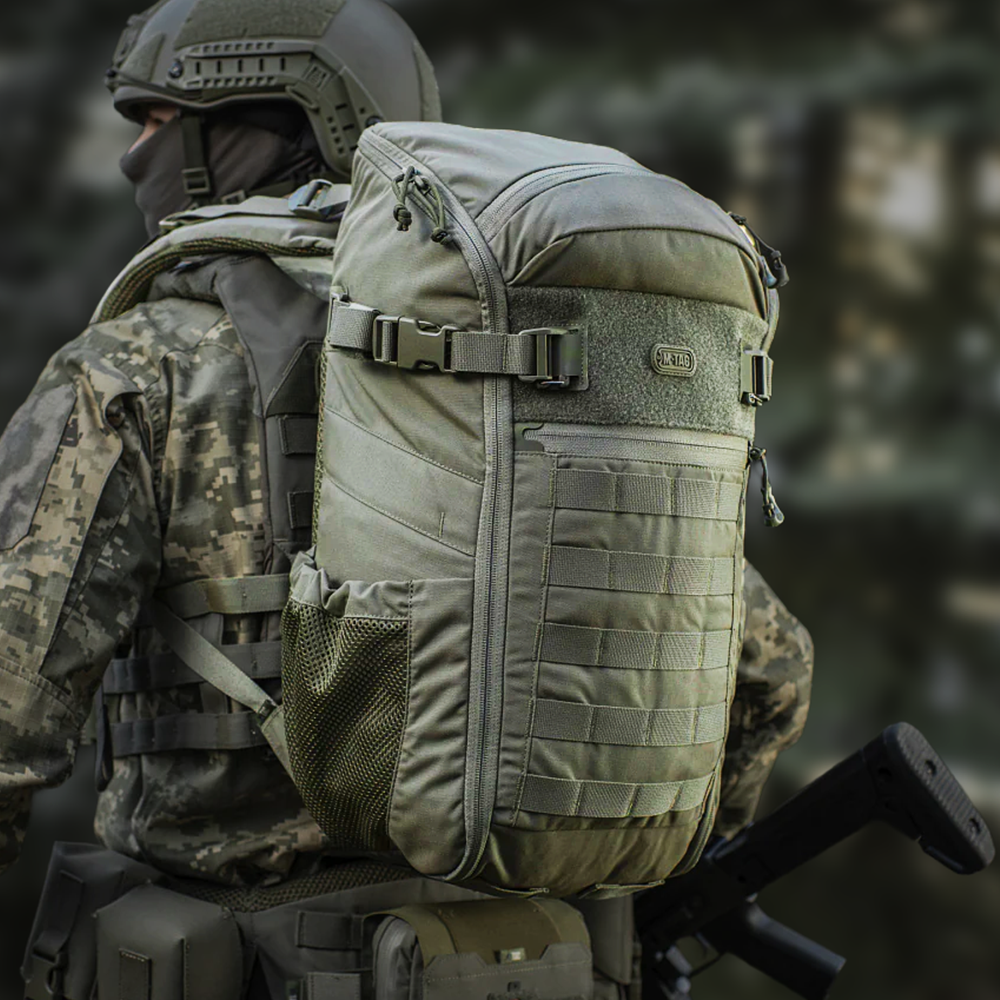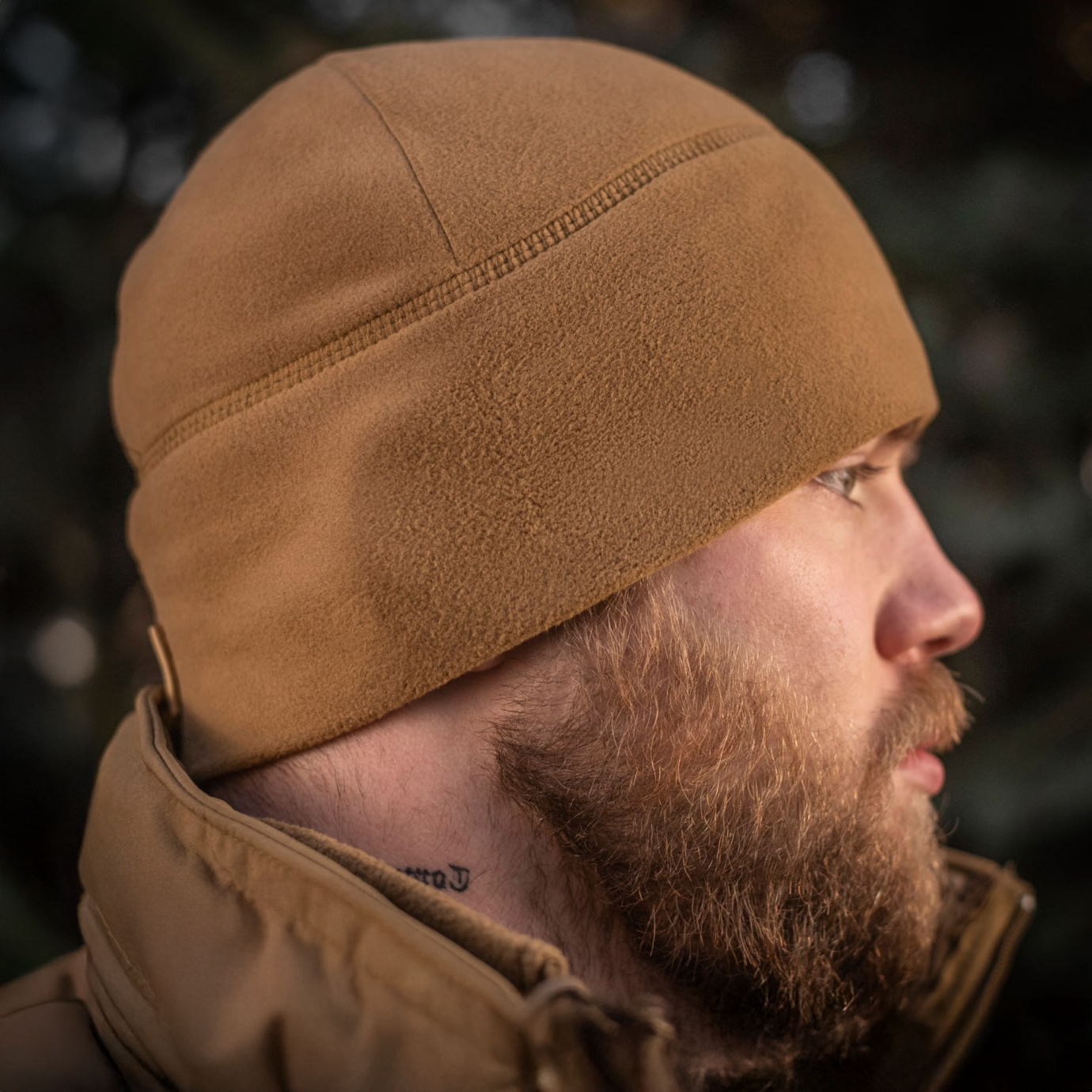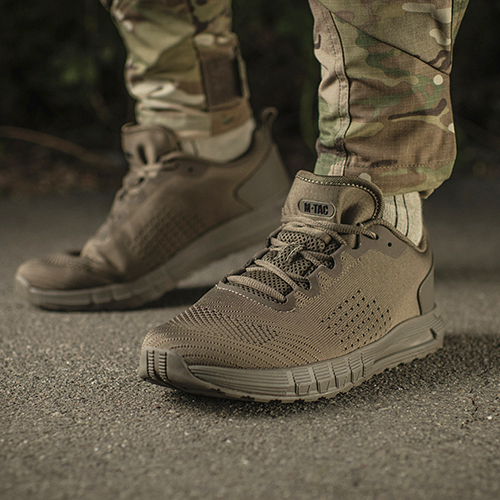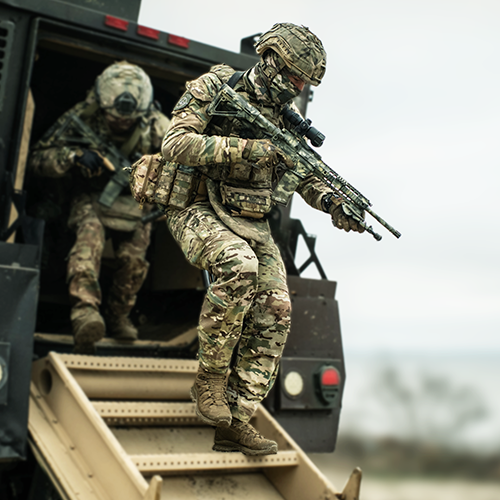The tactical clothing market is saturated with options, especially when it comes to tactical pants. There are many different styles featuring different designs, intended uses, and specific features. To unravel some of this confusion we will break down the various options as well as other considerations when choosing the right pant for the job.
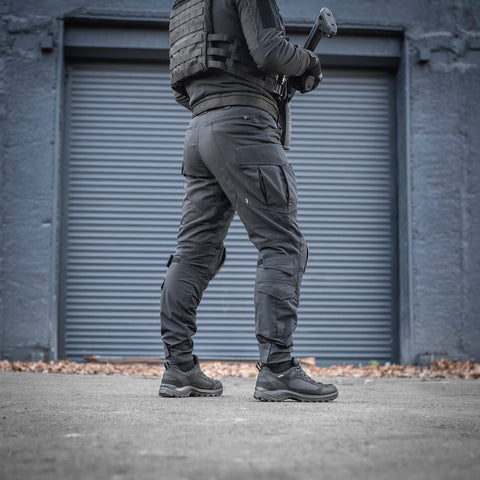
Different Key Features
Tactical pants differ from traditional cargo pants, in that tactical pants are designed for a mission versus a job. Cargo pants can be extremely functional in daily civilian life but lack key features and the durability or versatility tactical pants are designed to have. In a tight situation, cargo pants could be pressed into service but will not last over a long period of time when used in a tactical environment. Cargo pants also do not have the maximum amount of secured storage, while also being made of breathable materials. This enhanced readiness and comfort allow users to be fully mission capable when wearing tactical pants. Tactical pants also have a lot of reinforcement, especially around the inseam and waistline.
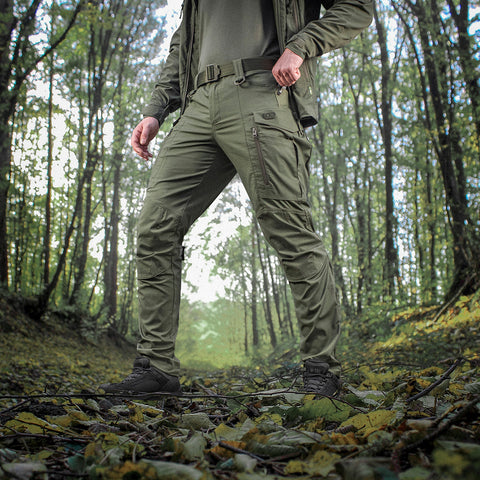 |
 |
Most tactical pants are produced with some type of nylon/polyester/cotton blend. These types of materials optimize durability and breathability and can also provide some level of water resistance or water protection to the tactical pants. These blended fabrics also provide a higher level of abrasion resistance, enabling users to bust through the thickest brush or crawl through cement jungles without compromising their pants. Modern fabrics used in tactical pants and clothing also provide a solid barrier between the user and other environmental factors like weather and wildlife. It is important to note we could spend an entire article discussing materials, but that is outside the scope of this article.
Types of Pockets
Tactical gear, especially tactical pants, are unique in the amount and configuration of pockets and built-in storage. The hallmark pocket of tactical pants is the cargo pocket. The cargo pocket allows for a large pouch typically located above the knees, maximizes storage and mobility. Cargo pockets are secured by zippers, buttons, or Velcro. Another modern development is built-in knee pad pockets. These slim pockets allow users to insert any number of knee pads to reduce wear and tear on the user's knees during a mission. Most tactical pants do not utilize any major pockets below the knee, however, pants that are more duty-oriented may have ankle pockets to provide some minor storage to help spread out the loadout.
 |
 |
Modern tactical pants optimize the use of pockets in and around the waistline and upper thighs. There is almost an infinite level of combinations and layouts for these pockets. Slash pockets are oriented to have a forty-five-degree cut, allowing for the opening to be easy to access. Handcuff key pockets are often concealed in the waistband, while knife pockets are located high up on either thigh. Smaller cargo pockets secured with a zipper have become more popular as it is a convenient way to store phones and other small pieces of technology. Hidden pockets or magazine pockets are another modern innovation, enabling users to comfortably and covertly carry magazines and gear around the side of the hips. These pockets are also sometimes designed to be directly behind or below the traditional pockets found on pants.
How to Properly Choose Tactical Pants?
Each user must understand and define what features and capabilities they will require from a tactical pant. First and foremost, the pants must fit the user properly and be comfortable. Some pants may require some minor tailoring, as we are all built differently. The style of the tactical pant may be mission dictated, so understanding the operational environment would dictate this aspect; you would not want to be wearing camouflage duty-style tactical pants during a low-profile security mission.
Other operational considerations may also dictate the type and style of pockets used, as the layout may or may not suit the type of weapons or gear that will be utilized. Material construction could be a consideration as well, but the industry has developed so many capable and durable fabrics, so this may be a nonissue for many. The price of the tactical pants may be the final consideration, as not everyone can always afford the most expensive gear. It is important to plan and purchase accordingly, as these tactical pants are a key element to a user's loadout, and the more expensive options are typically more durable and versatile.
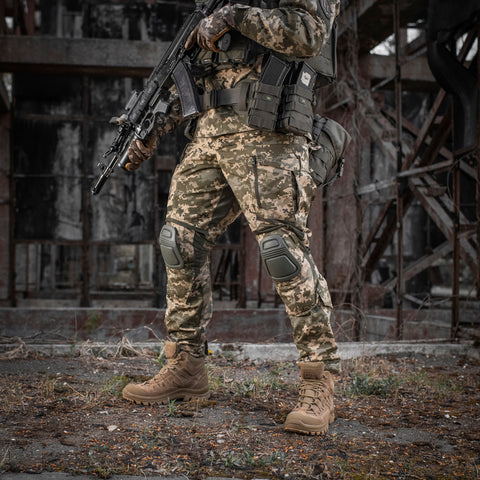
Key Considerations
Generally speaking, most tactical pants will fall into a couple of standard categories; duty (overt), daily wear (covert), tactical jeans, or multirole. Duty pants are typically very militaristic in style, cut, construction, and color. They also feature clasps, zippers, Velcro, or some way of securing the pockets. Also, duty pants are baggy and are not necessarily the most stylish of cuts. This style of tactical pant prioritizes storage, function, and utility over everything else, and is best suited for military, law enforcement, first responder, or private security use.
Daily wear tactical pants, or concealed carry pants, are designed to also have ample storage while maintaining a lower profile look by being styled to look more like conventional pants. This style of pants typically has a reinforced waistband, as well as some sealable pockets. Additionally, this style also incorporates flexible, but somewhat form-fitting cuts to be both functional and stylish. Daily wear tactical pants are best suited for daily civilian use, low-profile security teams, or off-duty first responders.
